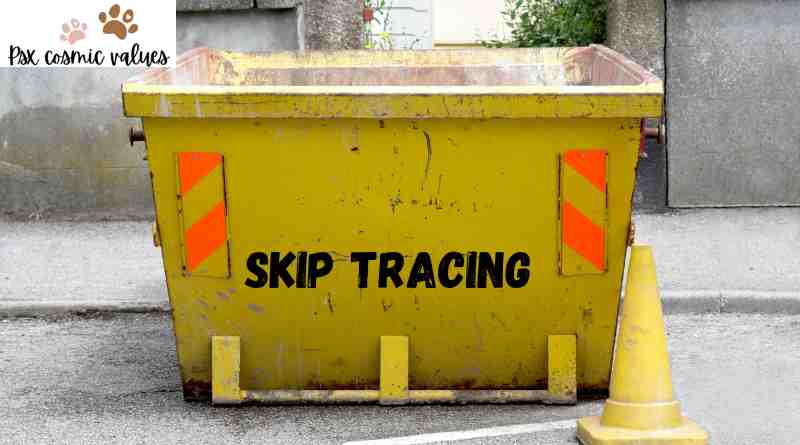In the labyrinth of acronyms that frequently populate our bank statements, “VIOC” stands out for many as a source of befuddlement and curiosity. This article ventures into the heart of the VIOC enigma, demystifying its essence and implications for the everyday consumer. By the end, not only will the term “VIOC” be familiar, but you’ll also possess a comprehensive understanding of its impact on your financial landscape.
The Genesis of VIOC
VIOC, an acronym that stands for Valvoline Instant Oil Change, represents a brand with deep roots in the automotive maintenance industry. Established with the aim of providing rapid, reliable oil changes and other vehicle maintenance services, VIOC has grown into a significant entity in the automotive sector. However, the presence of a VIOC charge on your bank statement might raise eyebrows, especially if you don’t immediately recall availing yourself of their services.
Unraveling the VIOC Charge
When a charge labeled “VIOC” appears on your bank statement, it signifies a transaction made for services at any Valvoline Instant Oil Change location. This could range from a standard oil change to more comprehensive vehicle maintenance tasks. Recognizing such a charge necessitates a retrospective glance at your recent automotive service engagements. It’s essential, however, to approach this discovery with a methodical analysis to ensure the legitimacy of the charge and to safeguard against potential fraud.
Verification Process
The initial step in addressing an unexpected VIOC charge involves verifying your recent automotive service history. Recollect any visits to Valvoline Instant Oil Change centers or any automotive services you might have solicited. Often, a simple review of your receipts or service records can illuminate the origin of the charge. If this retrospection aligns with the statement entry, the mystery is essentially solved. However, if doubts persist, further investigation is warranted.
Investigating Discrepancies
Discrepancies between your recollection and the bank statement necessitate a deeper dive. Contacting the VIOC center where the service was allegedly rendered is a prudent next step. By providing them with transaction details such as the date and amount, they can confirm whether the service correlates with their records. This approach not only clarifies the charge but also reinforces the transparency between the service provider and the consumer.
The Fraud Angle
In today’s digital age, the specter of unauthorized transactions looms large. If neither recollection nor records validate the VIOC charge, it’s imperative to consider the possibility of fraudulent activity. Identity theft and unauthorized use of payment information can lead to unexpected charges from familiar and unfamiliar sources alike. In such scenarios, immediate action is crucial.
Steps to Combat Fraud
- Contact Your Bank: Inform your bank or credit card provider about the suspicious charge to initiate a dispute process. This step often involves freezing the affected card to prevent further unauthorized transactions.
- Report to VIOC: Notifying VIOC of the dubious charge can aid in their internal investigation and potentially preempt further fraudulent activity involving their services.
- Monitor Your Accounts: Vigilance in monitoring bank and credit card statements for additional unauthorized transactions is paramount. Early detection can mitigate the impact of fraud on your financial health.
The Broader Implications of VIOC Charges
Understanding the VIOC charge on your bank statement transcends mere recognition; it encapsulates the importance of regular vehicle maintenance and the vigilance required in personal financial management. Regular maintenance, as facilitated by services like those offered by VIOC, is pivotal in ensuring the longevity and reliability of your vehicle. It underscores the intertwined relationship between responsible vehicle ownership and financial stewardship.
The Value of Regular Maintenance
Engaging in regular vehicle maintenance, such as oil changes, tire rotations, and brake inspections, can forestall more significant, costly repairs down the line. This proactive approach to vehicle care not only safeguards your investment but also promotes safer driving conditions for you and your passengers.
Financial Vigilance
The unexpected appearance of a VIOC charge on your statement serves as a reminder of the necessity for regular review of financial transactions. This habit aids in early detection of inaccuracies and potential fraud, ensuring the integrity of your financial resources. It reinforces the concept that attentive financial management extends beyond budgeting and saving, encompassing active monitoring and resolution of account discrepancies.
Conclusion
Deciphering the VIOC charge on your bank statement is a journey from initial perplexity to a comprehensive understanding of its implications. It’s a narrative that weaves together the importance of automotive maintenance, the diligence of financial monitoring, and the awareness of potential fraud. By embracing a proactive stance on vehicle care and cultivating meticulous financial habits, you can navigate the landscape of VIOC and similar charges with confidence and acuity. In doing so, you protect not only your vehicle’s health but also your financial wellbeing, ensuring a smoother ride through the complexities of modern financial and automotive stewardship.
Read also: check










Leave a Reply